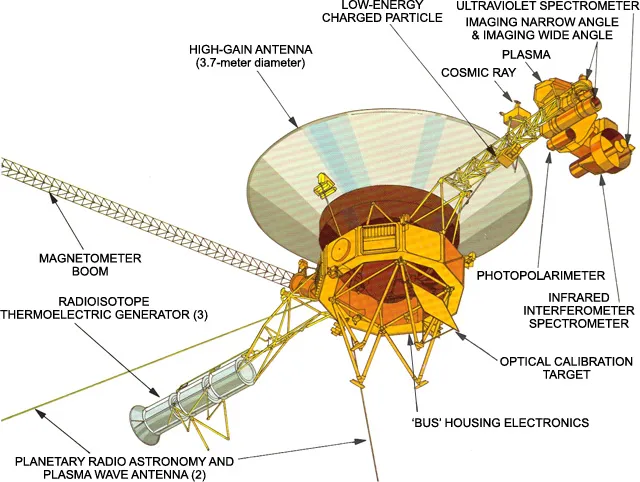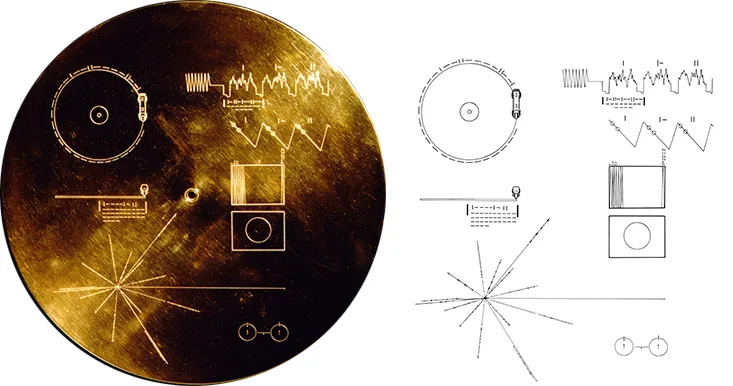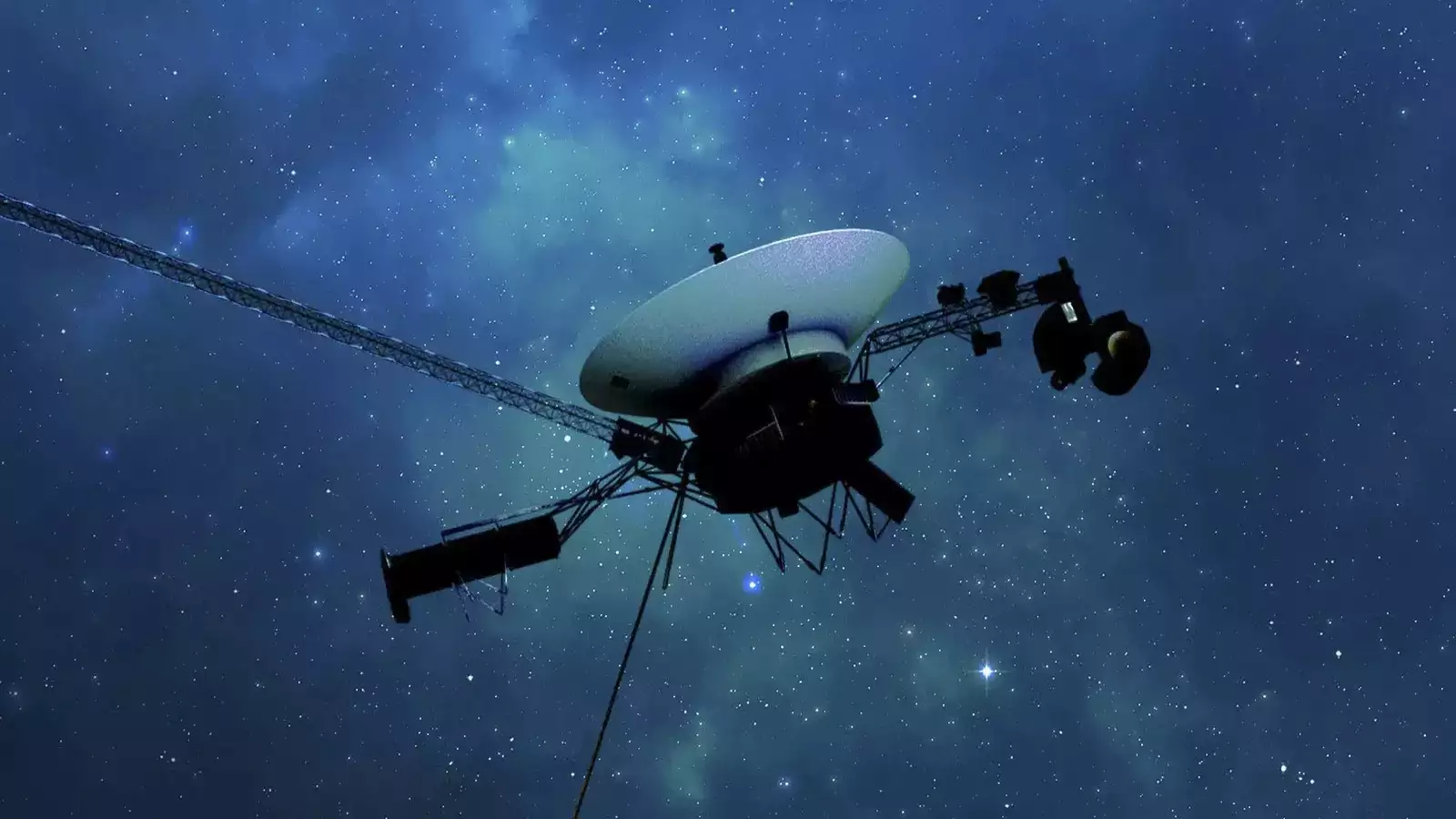Voyager 1: From Planetary Scout to Interstellar Pioneer
In 1977, NASA capitalized on a rare planetary alignment—the “Grand Tour”—to launch twin probes, Voyager 1 and 2. Their five-year mission: study Jupiter, Saturn, and their moons. But Voyager 1, propelled by Titan IIIE rockets, carried an unspoken ambition. Engineers equipped it with 8-track tape storage, X-band transmitters, and a 3.7-meter high-gain antenna, hoping it might outlive its primary mission.
It did. After delivering iconic discoveries—volcanic plumes on Io, Saturn’s hexagonal storm—NASA redirected Voyager 1 toward interstellar space in 1980. Today, 24.9 billion kilometers away, it remains operational, a machine redefined by human curiosity.
The Hardware: Redundancy Inspired by Life
Voyager’s engineers treated redundancy not as a failsafe but as an ecosystem. Just as humans evolved two kidneys or duplicate genes, the spacecraft’s systems mirrored biological resilience:
- CCS (Computer Command System): The spacecraft’s “brain,” responsible for executing commands. Dual CCS units operated like paired cerebral hemispheres, each capable of assuming full control.
- AACS (Attitude and Articulation Control Subsystem): Think of it as Voyager’s inner ear—a trio of gyroscopes and star trackers maintained orientation. Redundant thrusters ensured it could pivot even if 50% failed.
- FDS (Flight Data System): The “nervous system,” collating instrument data. Its dual design allowed engineers to reroute tasks during memory corruption events.

Voyager 1’s internal systems with labeled subsystems.
This philosophy extended to power. The RTGs (Radioisotope Thermoelectric Generators), fueled by plutonium-238, were designed to decay predictably—much like a heartbeat slowing with age. From 470 watts at launch to ~335 watts today, engineers “pruned” non-critical systems (e.g., cameras, heaters) to prolong its scientific pulse.
The Pale Blue Dot: A Photo Almost Lost to Bureaucracy
In 1989, as Voyager 1 prepared to shut down its cameras forever, Carl Sagan lobbied NASA to capture one final image: Earth, seen from the edge of the solar system. Many at JPL argued it was a waste of power. Sagan persisted, framing it as a “civilizational mirror.”
The technical challenges were staggering:
- Faint Target: Earth occupied just 0.12 pixels in Voyager’s narrow-angle camera. Engineers recalibrated exposure times to 48 seconds—triple the original limit.
- Precision Timing: With a 3.5-hour roundtrip signal delay, commands had to account for Voyager’s 61,500 km/h velocity relative to Earth.
- Data Sacrifice: The image consumed 60% of Voyager’s daily data budget for weeks.
On February 14, 1990, the “Pale Blue Dot” was born. The grainy photo, overshadowed by technical debates at the time, became Sagan’s legacy—a reminder that engineering decisions can transcend data.

Earth as a “pale blue dot” from 6.1 billion kilometers away.
Voyager Goes Dark: The 2023 Memory Crisis
In November 2023, Voyager began transmitting unintelligible data. JPL’s diagnosis: cosmic radiation had flipped a single bit in the FDS memory, corrupting its telemetry module. The fix required rewriting code for hardware that hadn’t been manufactured since the Nixon administration (a staggering 46 years after its maiden voyage)!
The recovery process was a generational relay:
- Reverse Engineering: Engineers pored over 1970s assembly language notes and tested patches on a Voyager emulator built in the 1990s.
- Interstellar Surgery: The 1.5KB patch was split into 15 segments, transmitted at 160 bits/second—a rate slower than 1980s dial-up modems.
- Validation: After 22.5 hours, engineers received confirmation: Voyager’s plasma wave instrument resumed normal operations in May 2024.
This incident underscored Voyager’s unspoken contract: its creators built a machine that trusted future humans to decode its quirks.
Closing Thoughts: A Dialogue Across Time
Voyager’s endurance is a manifesto of humility:
- Flexibility Over Perfection: Its 1970s computers lack modern error correction, yet engineers still “converse” with it using 8-bit binary commands.
- Legacy Beyond Lifespan: By 2036, power will drop below 50W, silencing its last instrument. Yet the Golden Record—a 30 cm gold-plated copper disk—will drift for millennia, preserving whale songs, Bach concertos, and human heartbeats.
- A Machine of Paradoxes: Built for planets, it became interstellar; designed for five years, it outlived its creators.

Diagram of the Golden Record cover.
Voyager 1 is not a relic. It’s a bridge—between the engineers who sketched its circuits on paper and the AI-assisted teams who sustain it today. A testament that the most resilient systems are those that honor both the laws of physics and the unpredictability of time.
